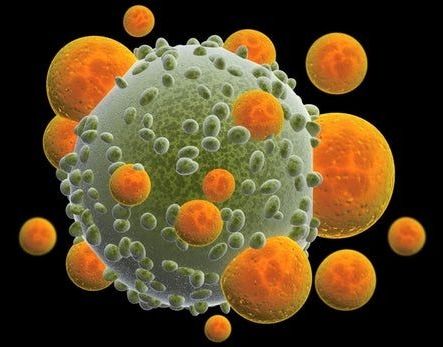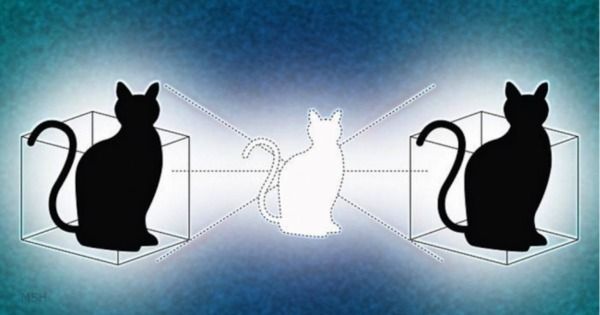The U.K.’s Telegraph reports that the new treatment, devised by researchers at the Francis Crick Institute in London, uses implanted immune system cells from strangers to fight tumors, instead of old-school cancer treatments like chemotherapy — a new tack in oncology that the researchers say could boost cancer ten-year cancer survival rates from 50 percent to 75 percent.
Immune System
The scientists behind the project explained it as a “do-it-yourself” approach to cancer treatment in interviews with the Telegraph. Instead of relying on chemicals or radiation outside the body to fight tumors, the transplants aim to help the bodies of cancer patients fight the tumors on their own.








